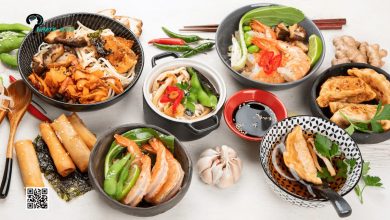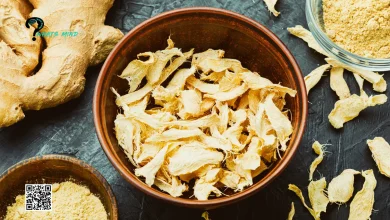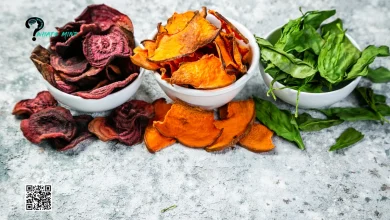10 Balkan Food that One Must Try while Visiting Southeastern Europe
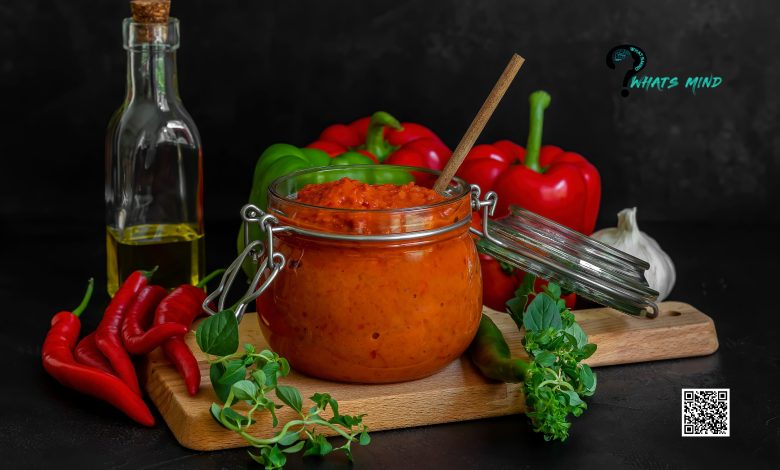
In Southeast Europe, food is made up of flavor and essence. Balkan food contains numerous ingredients, including spiced meats, bread, stuffed vegetables, and rakija. Usually, many travelers overlook Balkan food due to a lack of comprehension.
Unlike Japanese, Spanish, and French cuisine, Balkan food isn’t famous due to less exposure and a lack of aesthetics. However, it’s an amalgamation of Western and Eastern cuisine. The Balkan people were once part of the Byzantine( Istanbul, Turkey) and Roman Empires (Austro-Hungarian) under Ottoman rule.
Travelers in the mountains of Bulgaria, small villages of Montenegro, beachside resorts in Croatia, and other popular European destinations will always welcome a good portion of Balkan food.
Here are some Balkan cuisines one must try once in their life by cooking them in their home or while traveling to Southeastern Europe.
Table of Contents
The Balkan Food to Try
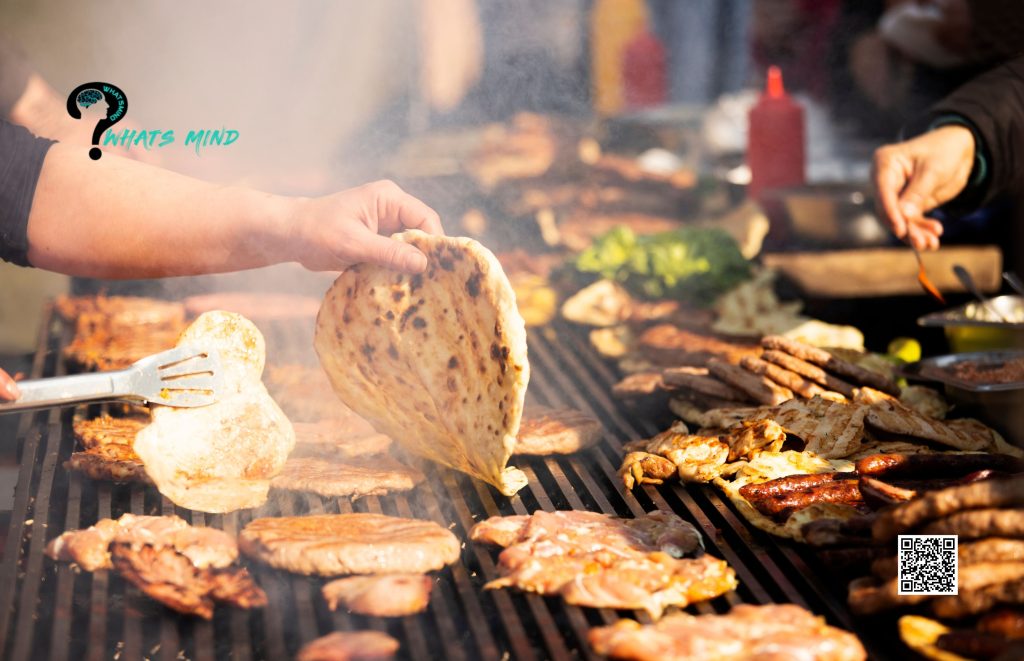
The Balkan name refers to the Balkan Mountains, and can also be associated with the Balkan Peninsula or Southeastern Europe. Their cuisine mainly contains intense spices, pickled vegetables, small hot peppers, and feta cheese (Balkan cheese).
Their countries are politically, culturally, historically, and socially enriched due to both Eastern and Western people dwelling in their regions in history. The Balkan peninsula includes the following European countries;
- Albania
- Bosnia and Herzegovina
- Bulgaria
- Croatia
- Kosovo
- Montenegro
- North Macedonia
- Serbia
- Greece
- Turkey
- Romania
- Moldova
- Slovenia
Some maps don’t consider Turkey and Greece as a part of the Balkans, as only a small portion of Turkey (northwest of the Sea of Marmara) and mainland Greece are associated with them.
Moldova has historical and cultural links with Romania. However, its economic and political affiliation is with the Soviets rather than the Balkan States. Henceforth, Moldova only 5% is associated with the Balkans and Romanians don’t consider them to be a part of their peninsula.
Likewise, Slovenia is also on the borderline of being a Balkan state or not due to its 5 to 25% region associated historically and culturally with the peninsula.
You Must Try Fingerlicking Cheese Ball Recipe: A Delightful Party SnackThe best of Balkan Cuisine
Popular Balkan foods include stuffed vegetables, burek, cevapi, and pljeskavica, they often differ by name and preparation in southeastern Europe. Meze is relished in various forms while rakija, a type of healthy fruit brandy, is rejoiced as a digestif in the Balkans.
Here the Balkans food one must try;
1. Ajvar
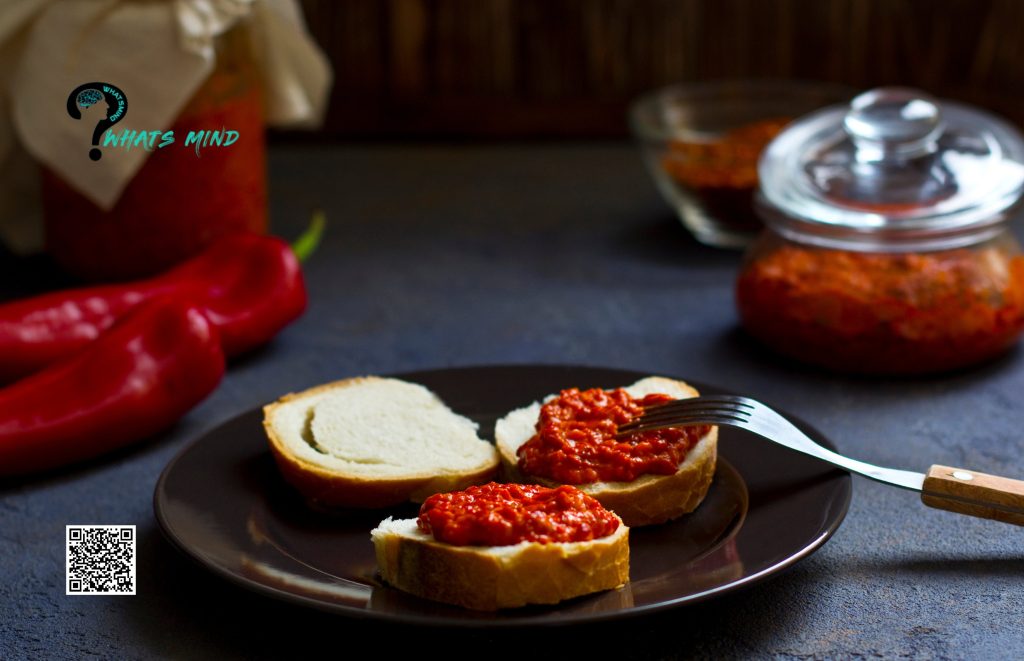
Ajvar is one of the most popular condiments in the Balkan Food, made with roasted red bell peppers, eggplant, and olive oil. The smokey sauce is commonly used as a spread or side dish. The sauce ranges in flavor from sweet to piquant to very spicy.
In mid-autumn, bell peppers are at their freshest and most abundant, hence, many use it as a side dish in this season. It has numerous names across the Balkan states, including Ljutenica, Pindjur, Zacuscă, and Kyopolou.
Ajvar’s name had its origin in the Turkish word heavy, meaning “caviar”. A notable amount of sturgeon was generated in the waters of the Danube, before the 20th century. Ajvar was correlated to caviar at that time and was dined in Belgrade.
When its production dwindled, a red pepper relish was offered as a substitute under the name red ajvar or Serbian ajvar in that region. Today, it has become one of the most commonly paired condiments.
2. Meze
Meze is a series of small dishes utilized as an appetizer in Western Asia, and North Africa. Meze is often consumed with alcoholic drinks. They can be formed with various ingredients and used as a side dick with a meal.
In Serbia, Bosnia and Herzegovina, Croatia, and Montenegro, Meze platters are prepared with kajmak, ajvar, salami, suho or suvo meso (cured pork or beef), kulen (paprika-flavored cured sausage), and various pastries, or it’s prepared in Mediterranean forms of cured meat like pršut and pancetta are common.
In Bulgaria, meze comprises lukanka (spicy sausage), sujuk (dry spicy sausage), sirene (white cheese), kyopolou, and Shopska salad.
Kajmak is unripened cheese made from buffalo, cow, sheep, or goat’s milk. Kamjak is popular in Bulgaria, Bosnia and Herzegovina, Montenegro, and Serbia and is often used as meze or bread with various dishes like cevapcici and pljeskavica.
Mouthwatering Crack Chicken Recipe: An Amazing Easy-to-Prepare Dish3. Dolma
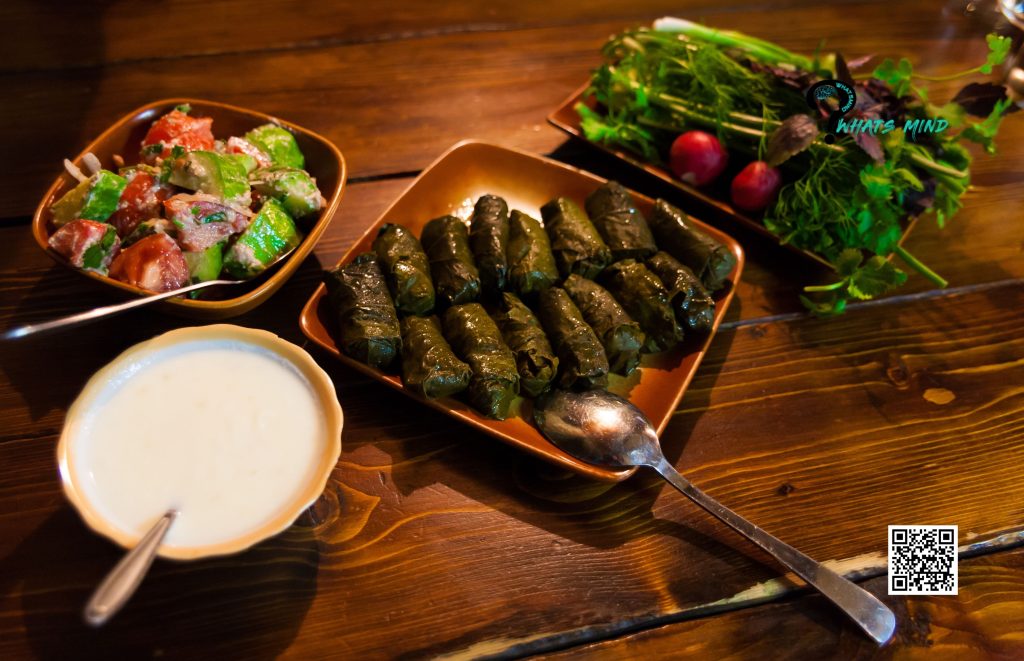
Dolma is one of the most beloved Balkan foods, consumed in the South Caucasus, Central Asia, and the Levant. The stuffed Dolma is usually made with vegetables like bell pepper, zucchini, tomato, or eggplant. The vegetables are hollowed out and filled with rice, meat, and other ingredients.
In dolma dishes that are wrapped in leafy vegetables are known as Sarma. Unlike hollowing out Dolma vegetables, sarmas are made by wrapping or rolling the ingredients in vine or cabbage leaves.
Henceforth, their naming means Dolma as “stuffed” or “filled” while sarma as “rolled” or “wrapped”. Dolma can be made with other ingredients including fruits, seafood, and offal.
4. Sarma
Sarma is a subtype of dolma made with cabbage leaves wrapped around a filling of rice or bulgur, chopped meat, herbs, and various seasonings. Instead of cabbage leaves, it can be made with vine or chard leaves but the most popular version is wrapped.
It’s often prepared on special occasions, holidays, and in the winter season. Sarma made with grape leaves is called yaprak sarma or yaprak dolma in Turkey. Whereas, it’s known as dolmas (large) or dolmadakia (small) in Greece.
15 Power-punching American Breakfast to kick-start your day! 5. Burek
Burek refers to pastries prepared with a thin flaky dough like filo or yufka dough in the family of Ottoman. In Ottoman-centric dramas, they’re often showcased on their dining tables, typically filled with meat, cheese, potatoes, and leafy vegetables like spinach.
Majorly, it’s eaten up in the South Caucasus, Central Asia, the Levant, and some parts of Eastern and Central Europe. It has many names like Bosnian burek is referred to as pita, filled with meat rolled in a spiral form, and cut into smaller sections for serving.
In Balkam Foods, Burek is also filled with cottage cheese (sirnica), spinach and cheese (zeljanica), and potatoes (krompiruša).
Burek is known as plăcintă în România, banitsa in Romania, boureki in Greece, böreği in Turkey, and boereg or byorek in Armenia. Armenian boereg is composed of phyllo dough that’s folded into tiny triangles and coated with cheese, spinach, or ground inside.
6. Banitsa
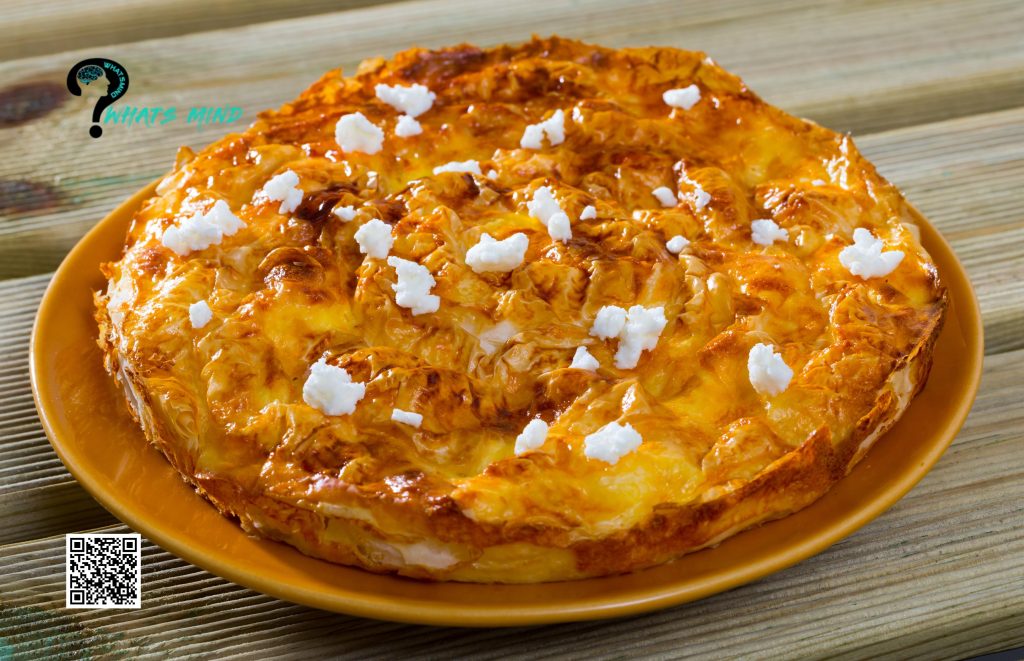
Banitsa is the traditional cuisine of Bulgaria. It’s another form of burek, prepared with a flaky pastry made by layering a combination of whisked eggs, yogurt, and white-brined cheese (sirene or feta).
The mixture with vegetables is placed between filo pastry and then baked in an oven. To prepare the banista, one needs to lay out sheets of filo pastry flatly and sprinkle the filling in them. The sheet is rolled up tightly into a spiral in the baking pan.
This process is repeated again and again with each roll being encircled around the spiral in the pan. After forming a large spiral, it’s splashed with sunflower oil or melted butter. Bake the spiraled rolls and enjoy them.
In Bulgaria, it’s particularly prepared on Christmas and New Year’s Eve. Lucky charms and well-wishes are stuck in the banitsa before it’s baked to ensure good health, wealth, and success in the coming year.
The Macedonian version of the banista is called maznik, the Serbian version is gibanica, and the Greek version is tiropita.
Find Vegetarian Recipes for a Healthy Lifestyle7. Gözleme
Gözleme is Turkish flatbread filled with meat, vegetables, tubers, mushrooms, cheese, eggs, herbs, and spices. Like börek, it can be relished throughout Turkey and it subsists in many regional variations in the country.
To prepare gozleme Balkan food, unleavened dough is rolled into thin sheets and filled with several ingredients. The dough sheets are sealed and cooked over a sač griddle. Traditionally, it is a breakfast dish but often eaten as a snack as well.
Traditional gözleme is prepared with ingredients like spinach, feta, and minced beef. In contrast, gözleme is eaten with things like chocolate, walnuts, cheese, eggs, honey, or smoked salmon nowadays.
8. Saganaki
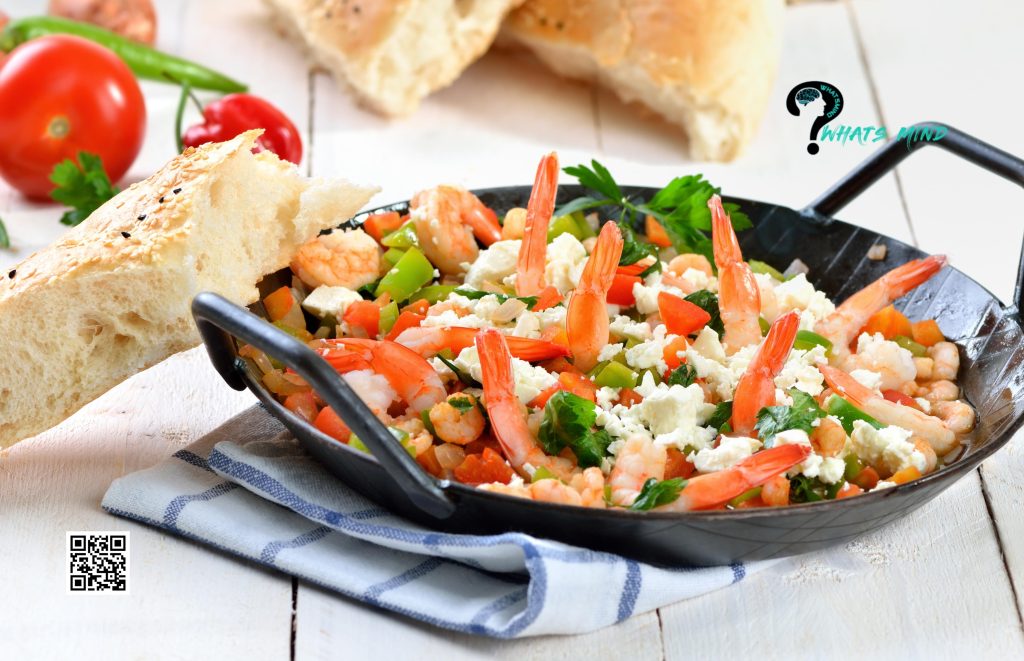
Saganaki suggests a small frying pan used in Greek cuisine and the series of dishes made using this pan. Shrimp saganaki and mussels saganaki, fried cheese are popular pan-made dishes.
Saganaki is a Balkan food typically made with a combination of fried cheeses like halloumi, graviera, kasseri, or kefalotyri. The cheese is fried in the saganaki and then served with lemon wedges, pepper, and bread.
In North America, the flambeed versions of this dish called flaming sagasaki are available. To prepare flaming sagasaki, cheese is set on fire and suppressed with a spritz of lemon juice. The tableside theatre is serving it isn’t set up in Greece.
Chinese food: 14 Delicious Recipes for Summer9. Pršut
In Croatia, Bosnia and Herzegovina, Montenegro, Slovenia, and Serbia, Pršut is consumed as dry-cured ham. Prsut is the Slavic version of Italian prosciutto, maybe served as smoked or not smoked. Smoker Pršut is found in Dalmatia, Herzegovina, and Serbia while non-smoked versions are from Slovenia, Istria, and Krk.
Dalmatian pršut is a popular Croatian dish, usually served as part of meze platters. In the mountain village of Njeguši in Montenegro, Njeguški pršut is produced which is a special version of this dish.
Njeguški pršut is made by curing ham with sea salt for about three weeks. The marinated ham is pressed for another three weeks to remove any excess liquid. This version is lightly smoked, the prsut is dried in the cool mountain air for three months and it’s matured.
The whole process of making this takes about a year to complete.
10. Pljeskavica
Like ćevapčići (a Balkan food), pljeskavica is a grilled meat dish that’s widely consumed in the Balkans, common in Bosnia and Herzegovina, Montenegro, North Macedonia, and Croatia. In Serbia, it’s considered a national dish.
Pljeskavica is similar to hamburger which consists of a pork, beef, and lamb patty filled with lepinja flatbread with ajvar, kajmak, onions, and urnebes (spicy cheese salad), and can also be served on a plate with several side dishes.
Tasteful Huaraches Food: Origin, Recipe, and PopularityConclusion
Balkan food is the European version of soul food. The savory flavors might not be the healthiest or the prettiest, but their taste is delightful and makes one feel good while eating them. Make the spicy and got Balkan cuisine in your home or savor it at Southeastern Europe restaurants.
Have you ever tried Balkan food and how it tasted to you? Let us know your experience of Balkan food in the comments below!
For more info visit Whatsmind.com

